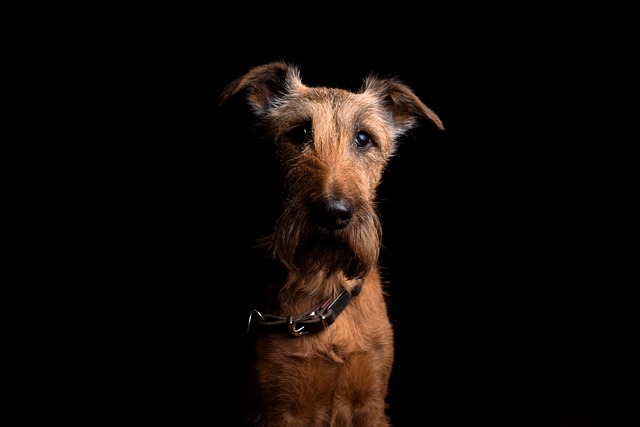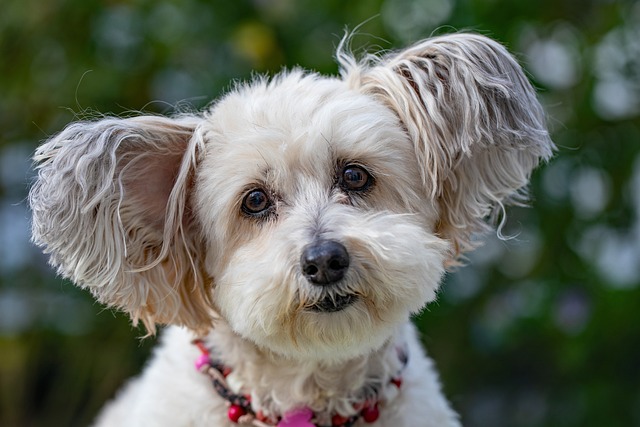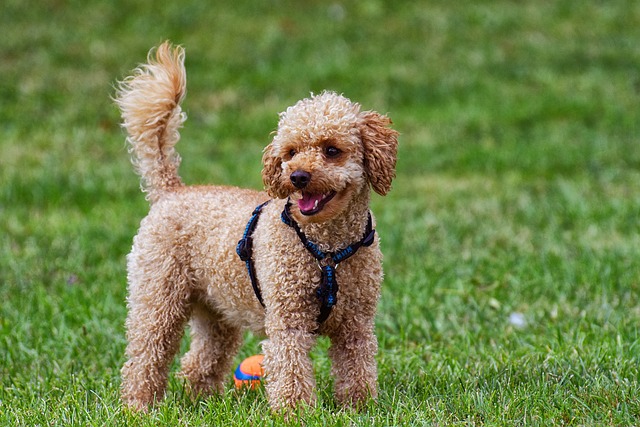
Is it dangerous for a dog to have respiratory disease?
Respiratory issues in dogs can range from mild sneezing fits after sniffing dusty grass to severe, life - threatening infections—and knowing the difference is key for every pet owner.
You’ve caught your puppy gnawing on your favorite sneakers for the third time this week, and you’re ready to stock up on chews—but the pet store aisle is overwhelming. What’s safe? What’s actually good for them? Veterinarians agree that chewing is a natural, healthy behavior for dogs (it keeps their teeth clean and relieves boredom), but not all chews are created equal. The key is to pick options that are safe, durable, and tailored to your dog’s size, age, and chewing style.
Vets prioritize chews that avoid choking hazards and don’t damage teeth. For puppies (under 6 months), teething means they need soft, flexible options—like rubber Kongs (stuffed with peanut butter, frozen for extra relief) or bully sticks made from 100% beef pizzle. Harder chews (like antlers or nylon bones) can crack a puppy’s developing teeth. For adult dogs, vet-recommended picks include dental chews with the VOHC (Veterinary Oral Health Council) seal—these are proven to reduce plaque and tartar. My vet suggested Himalayan yak chews for my medium-sized mix, Max; they’re long-lasting but soften as he chews, so they won’t harm his teeth. The science here is simple: Safe chews satisfy their instinct to gnaw without risking injury or digestive blockages.

To choose the right chew, start by matching it to your dog’s size—too small, and it’s a choking risk; too big, and they’ll lose interest. Super chewers (like Pit Bulls or German Shepherds) need tough rubber toys (avoid rawhide, which can splinter and cause blockages), while gentle chewers might prefer soft plush toys with squeakers. For apartment dwellers, quiet chews (like rubber bones) are better than noisy squeaky toys that might bother neighbors. Always supervise your dog when giving a new chew—if it starts to break into small pieces, take it away immediately. Use chews as part of positive reinforcement too: Give one when they choose it over your furniture, and praise them—this teaches them what’s acceptable to chew.
Never give your dog cooked bones (they splinter easily) or chews with artificial flavors, colors, or preservatives. Also, avoid punishment if they chew the wrong thing—yelling or hitting violates animal welfare standards in the U.S. and will only make them anxious. Instead, redirect them to their chew toy and reward good behavior.
Before heading out for walks with your dog, confirm their vaccines are up to date—all U.S. states require rabies shots, and core vaccines like distemper are mandatory. Always carry poop bags too: Leaving messes in apartment hallways or parks isn’t just rude; cities like New York fine owners up to $200 for non-compliance.
With vet-approved chews and a little guidance, you can turn destructive chewing into a healthy, happy habit for your pup.

Respiratory issues in dogs can range from mild sneezing fits after sniffing dusty grass to severe, life - threatening infections—and knowing the difference is key for every pet owner.

You’ve seen your dog seek out the cool tile floor on a hot summer day, sprawled out to escape the heat. It makes you wonder if those advertised

Watching your loyal companion slow down as they enter their golden years can feel bittersweet, but with the right care

Coming home to a dog that’s muddy, shedding, or smells like wet grass can make even the coziest home feel messy.

Watching your once-energetic pup slow down as they age can make you wonder if their food is still meeting their needs.

Dog scratching nonstop, licking their paws raw, or developing red, bumpy patches often signals allergic skin disease—common triggers include pollen, dust mites, or even certain proteins in their food.